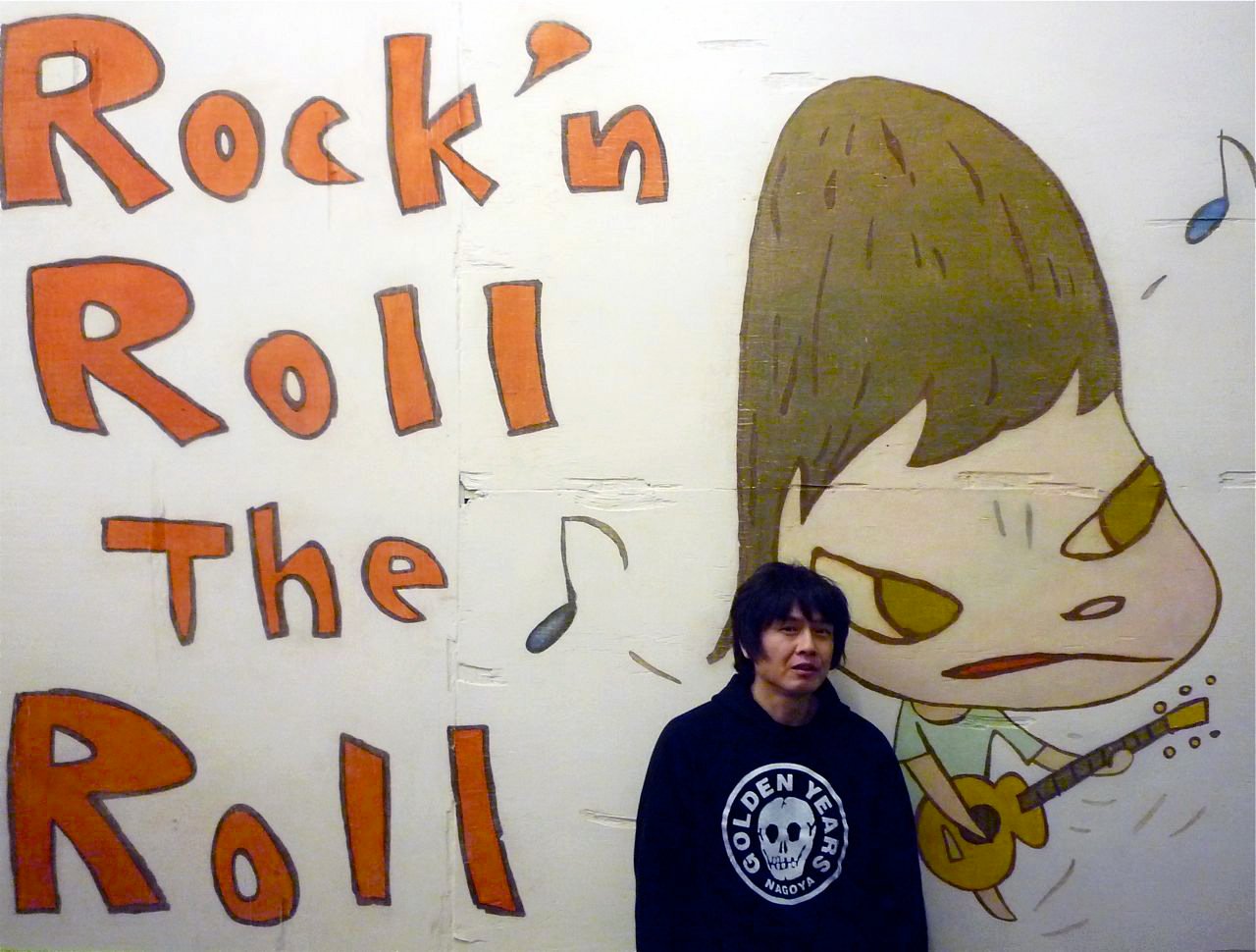
- Yoshitomo Nara, one of Japan’s leading contemporary artists, talks about his influences, from punk rock to Kraftwerk, and what drives him – it isn’t money
I am from Aomori, in the north of Japan’s main island of Honshu. It is a rural area known for the production of apples.
Farmers there are quite poor and most people who grow up there don’t enjoy a high level of education. My mum, who came from a farming family, wasn’t an exception and she didn’t go to high school.
My father was working at the shrine when my brothers were born – they are about eight and nine years older than me. Growing up, they got a lot of attention because my dad was a priest and well respected in the community.

Working parents
I guess my father didn’t like being a priest because he quit, took a test to become a civil servant and started working for City Hall.
Want to know Yoshitomo Nara? ‘You just have to look at his art’
By the time I was born, in 1959, my dad had already moved to the city and was working as a civil servant. His salary wasn’t high, and he had to pay the rent, so we didn’t have much money.
My mother got a job to make some extra money. With both my parents working, I didn’t get much attention from them and became very independent. As a child, I didn’t need much attention to feel comfortable.
Alone but not lonely
Our house was in the middle of nowhere, somewhere between a major suburb and Hirosaki city. We were surrounded by apple orchards and animals, including goats, sheep and cows. Our nearest neighbour was miles away.
My brothers hung out with their friends and I ran around the fields near the house. I was always alone, but never felt lonely. I was comfortable being by myself and liked drawing and doodling.
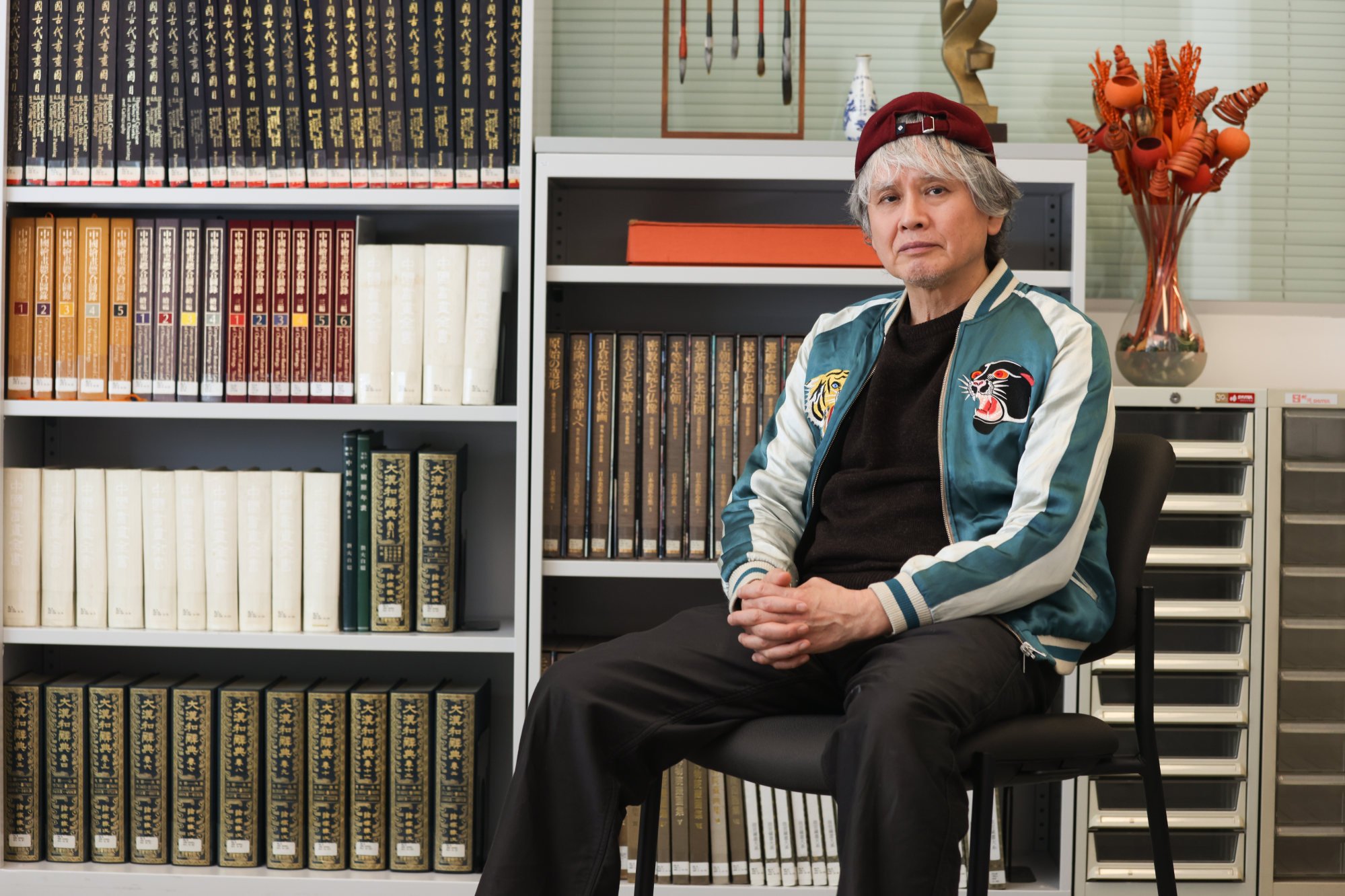
There was an American air force base not far from us. It had its own radio station, Far East Network, that broadcast English programmes and music. When I was about eight, I was playing with the radio, trying to tune into a station, and came across the station by chance.
I didn’t know what it was, and I couldn’t understand what they were saying, but I liked the sound, the rhythm and the voices and got hooked on radio. I really enjoyed music when I was young.
The easy way in
There was a national university in my region and when I was in my mid-teens, I started hanging out with some college students. They taught me about literature, movies and different forms of art and culture. But when it came to music, I was the one who taught them.
I was perhaps more mature back then than I am now. I had been drawing since I was little and happened to be very good at it. If you’d asked me when I was young if I liked drawing and painting, I’d have said yes, but it wasn’t my favourite thing. I liked playing baseball and football.
When my artwork comes out better than expected, it gives me confidenceYoshitomo Nara
The college student friends said I was a good artist and should go to art school. I thought getting into art school would be easy as I was good at drawing, so that’s why I chose it. It wasn’t that I had a major ambition to be an artist or a painter.
The arts students were unconventional, like hippies, and seemed to be more liberal and more free, so I thought I’d enjoy my life at art school.
Serious business
I’d already been staying overnight with my college friends back home, so I was pretty independent even before I moved to Tokyo to go to Musashino Art University.
I’d seen Tokyo on television as a child and was excited to be heading there. I was in a band at university and played guitar and sometimes sang. It was punk music and a loose version of rock ’n’ roll.
First solo exhibition in Hong Kong of ‘rainbow artist’ Ay-O’s work
I composed about five songs – I wrote the music and the lyrics – but I knew I didn’t have a lot more in me. My bandmates immediately said who they thought I was influenced by and I felt I was copying someone else.
When I was 21, I went to Nagakute to study fine art at the Aichi University of the Arts. Later, as a graduate student, I got a part-time job teaching art to high-school students. They were so passionate about art, it made me think that I should be the one studying more.
It wasn’t until I was 26 that I got very serious about art. I applied to and was accepted by Kunstakademie Düsseldorf, an academy of fine arts, and moved to Germany in 1988. The tuition was free, and it turned out to be a great place for me.
A whole new world
I went to Germany to learn about art, but actually I learned about a lot more than art.
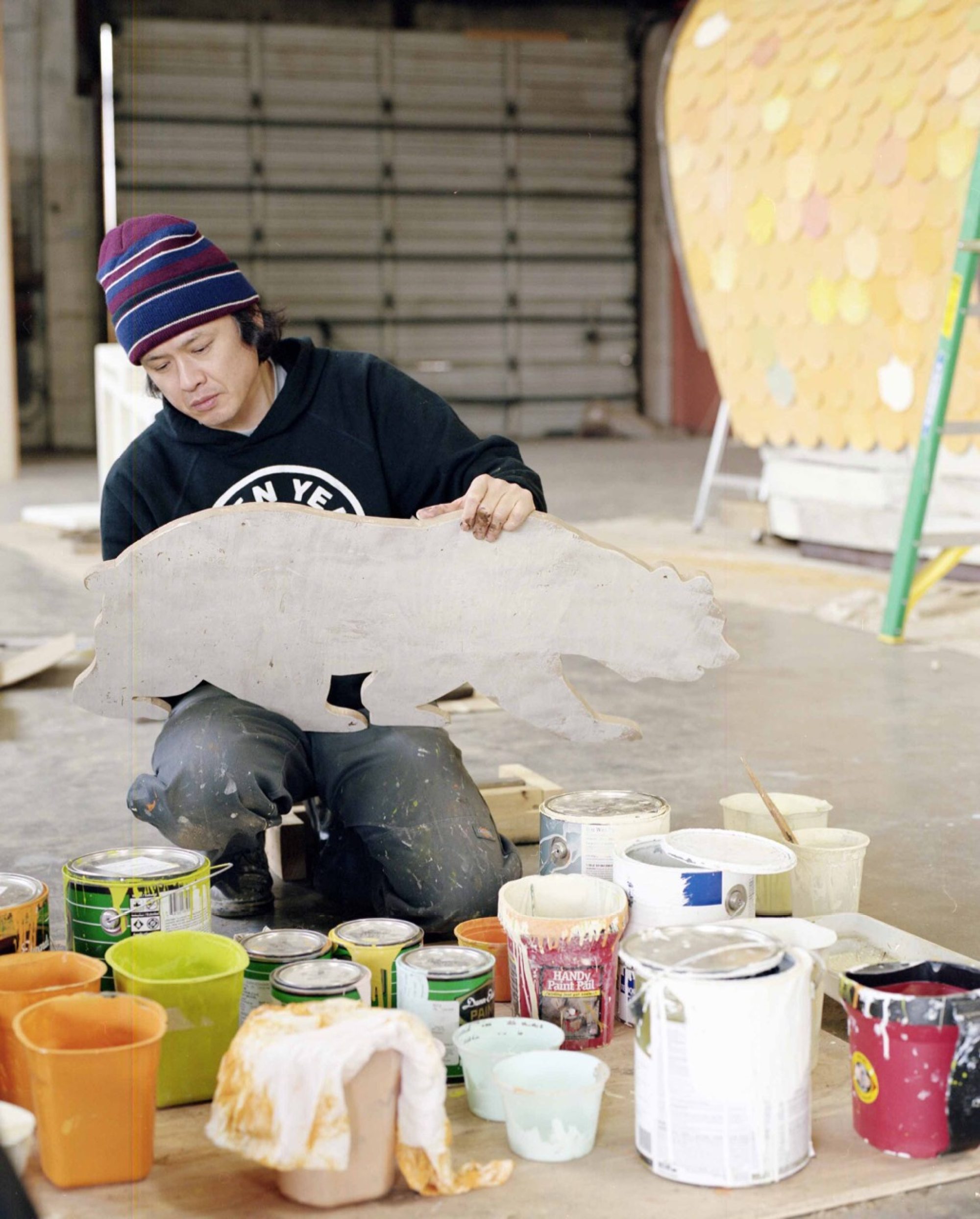
The mentality of the students in Germany was completely different from my peers in Japan. What happened outside the school had a big impact on me.
All this opened my eyes to how much bigger and how different the world was from the place I’d known. A few German classmates were volunteering to teach German to refugees. They were nice and treated me as one of the refugees and with their help I was able to learn German in a year.
Music to my ears
The music scene in Düsseldorf was vibrant. The German electronic band Kraftwerk was founded in the city. When I arrived, in 1988, German New Wave – rock music with roots in post-punk and with electronic influences – was really big.
I’m not driven by money, I’ve always been that wayYoshitomo Nara
I had friends working at live-music venues and sometimes they’d sneak us into gigs for free. I also went to the ballet and classical music concerts. Live events in Japan were very expensive but in Germany, with a student discount, I could get a ticket for the same price as a Big Mac.
For me, music has always come first. If my art or artwork disappeared, I could live with that. But if music disappeared from this Earth, I’d have a really hard time.
The child in me
I got a part-time job in a Japanese restaurant and drew and painted every day, and had some exhibitions. After six years in Düsseldorf, a gallery – by Michael Zink – approached me.
There were no other artists with the body of work I had or who were creating like I was, so I guess they saw something new in what I was doing. They offered to open an exhibition for me, found me a studio and invited me to Cologne.
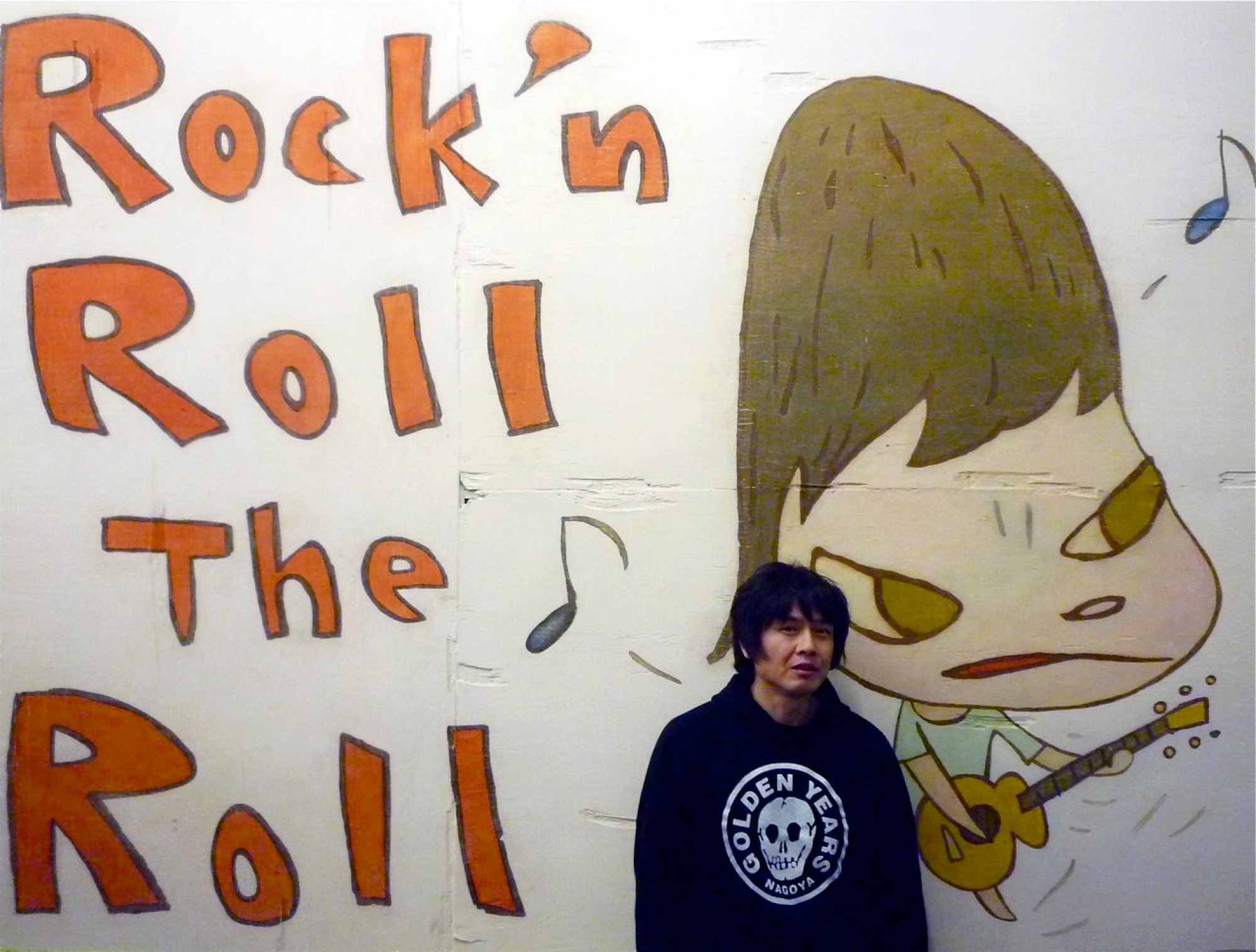
I didn’t set out to create art to show others. I was trying to look at myself and see what was there. I was talking to myself, questioning myself. My motifs of children are the end result of trying to examine myself. It’s my own small world within myself.
When my artwork comes out better than expected, it gives me confidence. It’s not so much about confidence to show it to others, but that I feel that my existence has been validated.
A major museum in Yokohama offered me a solo exhibition at the same time that the studio I was using, based in an old factory, was scheduled to be demolished. So it seemed like a good time to move. After 12 years in Germany, I returned to Japan.
If I’d been offered an opportunity in the United States or even Hong Kong I might have gone there, but Japan was probably the easiest option at the time.
Carefree life
I’m 100 per cent hands-on when I create something. I set up my own frame, I stretch my own canvas. Many of my peers use assistants. It’s more of a production line and they can create more pieces than I ever could.
I think their method is valid, but so is mine. I’m the opposite of those peers and I’m fine with that. I can be myself taking this approach.
If I wanted the money, I could set up a big production team and produce more pieces. And if I had more pieces, I could organise more exhibitions. But that’s not my ultimate goal.
I’m not driven by money, I’ve always been that way.
My living expenses are the same as when I was a student. People perceive me as a successful artist, but that wasn’t my ultimate goal when I started out.
‘I thought I was god’s gift to China’: how Pearl Lam learned to be Chinese
I saw people doing their own thing, they were very quirky and happy and free, and I wanted to be one of those people.
I wanted to have the carefree freedom that I had when I was a child, running around the fields and the house. That’s the feeling I’ve been pursuing.
I can travel to the end of the world and see things. I want to feel things and enjoy things. As a by-product of perusing those things, maybe I’m creating my pieces.
Back to my childhood
Last year I only made five canvas paintings, two big ones and three small ones. Rather than painting and drawing, I enjoy travelling much more. I take pictures and sometimes I have photo exhibitions as well.
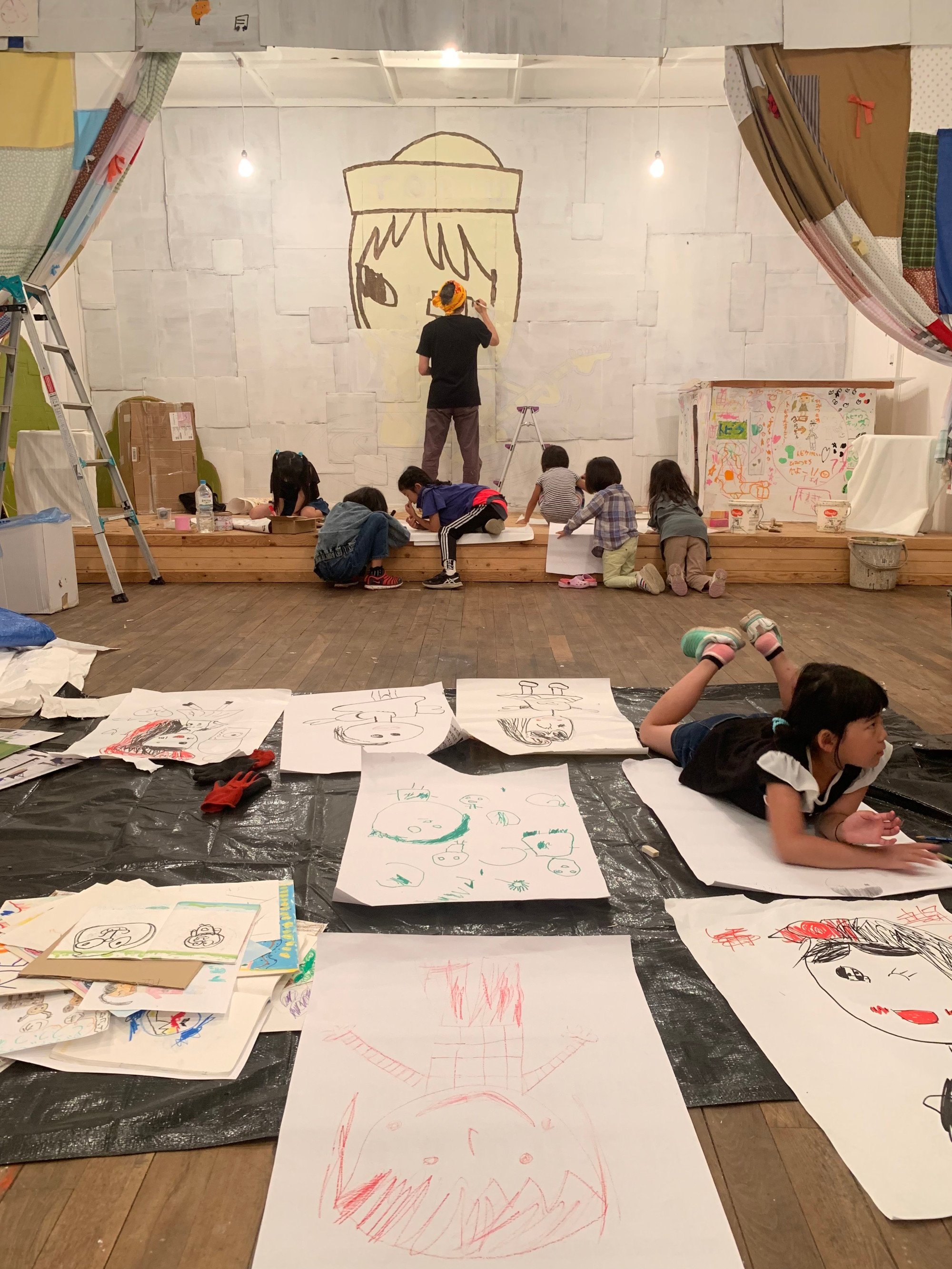
I travel for six months of the year. I enjoy being away from big cities like Tokyo and New York and going to the middle of nowhere, places similar to where I grew up.
Sometimes I do voluntary work, drawing pictures and painting with kids in local areas. Not many artists want to do what I’m doing, but I enjoy those things.
When I’m in those places I feel that my potential is enormous, I could do anything. I don’t mean I could be a better artist, I mean I could be more free and happier.
I’m always looking for places that are similar to where I grew up, as if I were looking for my childhood.
Yoshitomo Nara was in Hong Kong last week to give a public talk at the University of Hong Kong in conversation with Yeewan Koon, associate professor of art history at HKU.

